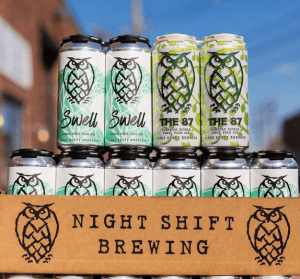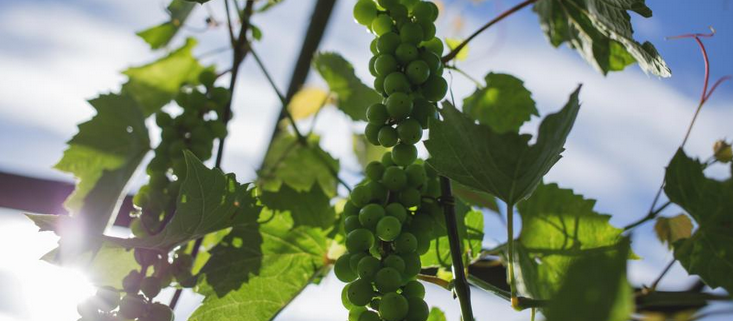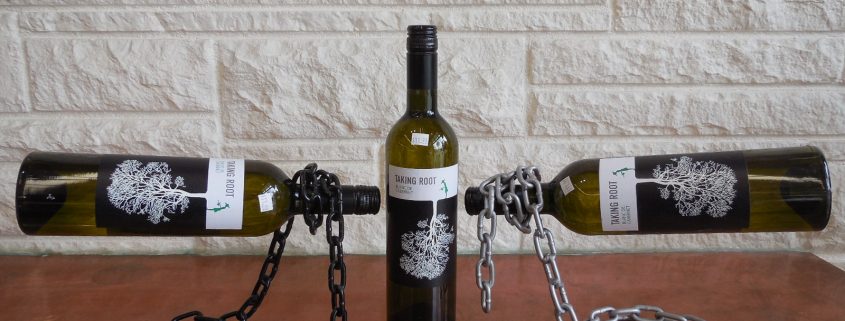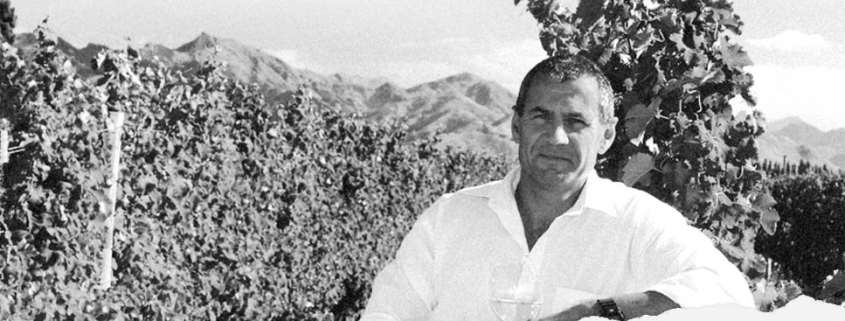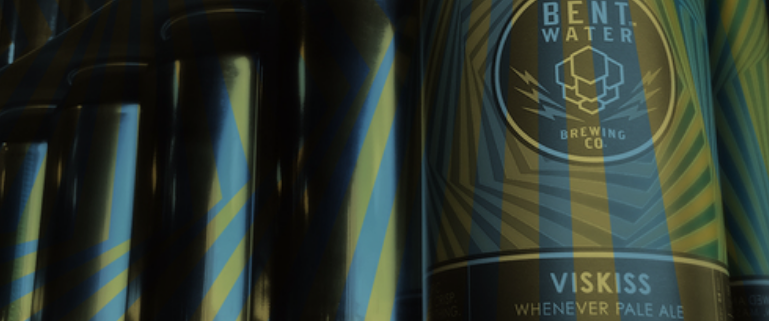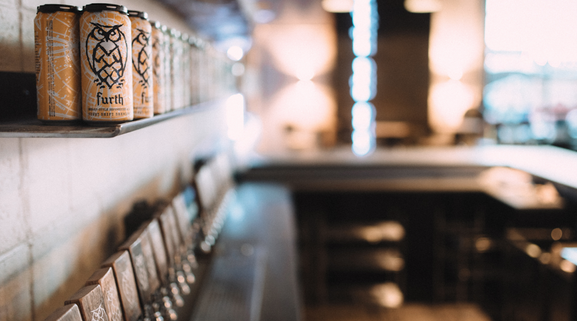Ok, so no matter how serious you are about drinking wine and learning all you can, sometimes you are seduced by the label. And the João Portugal Ramos Alvarinho 2015 label is seductive. The voluptuous bottle shape is shown to great advantage by the slanting, “off-the-shoulder” style of the label, very simple and elegant lettering with just that small showy glimpse of a golden “L” in the word Alvarinho. I just had to try it.
Alvarinho (pronounced Al-va-reen-yo) is the same grape as the Albariño grape found in Spain. And it is grown in a very similar environment or terroir – the cool Atlantic coast of the Iberian Peninsula. But the Portuguese version is a bit fuller and rounded with a lovely, rich mouthfeel with a bit of a sharp kick from its flinty, acid finish – every bit as seductive as the label.
 Portugal has long been overshadowed by its neighbor in wine production. Spain is quite simply a powerhouse when it comes to wine. Everyone has heard to Rioja and Ribera Del Duero, they know the Temperanillo grape and most have heard of Garnacha as well. Spanish Cava, their traditional method sparkling wine, is beginning to be highly prized and is starting to compete on quality with Champagne in a way that Prosecco never will. So, how is Portugal to fight back and carve out its own identity when so many of the wines are so similar? The solution has been to really concentrate in recent decades on quality. Portuguese wines used to be of marginal quality largely because it has a very large domestic market where people drink their local wines by the liter. But over time, it has been recognized that to compete on the global market, the wines have to be really good with consistent and high quality.
Portugal has long been overshadowed by its neighbor in wine production. Spain is quite simply a powerhouse when it comes to wine. Everyone has heard to Rioja and Ribera Del Duero, they know the Temperanillo grape and most have heard of Garnacha as well. Spanish Cava, their traditional method sparkling wine, is beginning to be highly prized and is starting to compete on quality with Champagne in a way that Prosecco never will. So, how is Portugal to fight back and carve out its own identity when so many of the wines are so similar? The solution has been to really concentrate in recent decades on quality. Portuguese wines used to be of marginal quality largely because it has a very large domestic market where people drink their local wines by the liter. But over time, it has been recognized that to compete on the global market, the wines have to be really good with consistent and high quality.
This producer understands this challenge and has been making wonderful wines in its very short lifespan (for a European winery). Established in 1990, João Portugal Ramos only began making this Alvarinho in 2013. And for a third iteration, this wine is excellent. It is very carefully made – fermented at low temperatures to preserve that beautiful varietal character of peaches and lemons with a slightly briny character. It is then made richer by partially fermenting it in new French oak to bring out that voluptuous quality I had mentioned before.
Posts
Moldova is a fascinating country. It sounds both very remote and yet very familiar to my ear – something about Transylvania and the Carpathian Mountains to the west, the Black Sea to the east. It seems to sit at a sinister juncture of fairytale and legend. But in reality, Moldova is a country covered by gently rolling hills that reach no higher than 1000 feet. There are lush valleys and rich pastures with a very temperate climate that is not too cold in the winter and not too hot in the summer and it gets just the right amount of rain for farming grapes.
In fact, Moldova has been growing grapes for millennia. There is evidence suggesting that the native Moldovans were making wine as early as 3000 B.C.E. There has been constant cultivation since that time, excepting the 300 years of Ottoman rule that destroyed many of their vineyards. Further damage was caused during both World Wars, decimating their wine stocks. However, in the post-war period, there has been a concerted effort to replant the wonderful hillsides with vines and bring production back to its former glory.
They have succeeded to a very great extent and replanted many indigenous varieties such as the difficult to pronounce “Feteasca Alba”, “Rarã Neagrã” and “Zghiharda.” They have also followed global trends and replanted the lands with more international varieties, including Cabernet Sauvignon, which seems to thrive almost everywhere, as well as Merlot, Pinot Noir, Riesling, Pinot Grigio and Chardonnay.
Until I tasted this remarkable wine, I couldn’t really predict what I would be tasting. I have had many, many red Cabernet Sauvignon wines and even had a few rosés, but I have never had a white wine made with it. This wine makes you appreciate just why Cabernet Sauvignon is indeed a superstar among grape varieties. My son would call it “o.p.” or overpowered. When it is gently pressed to preserve its fruit flavors and keep out the colors and polyphenols from the skins, it yields a white wine that has some beautiful aromas and flavors. Fresh and approachable, you smell grapefruit, herbs, perhaps some mango, pineapple and banana, and maybe just a hint of jalapeño. Then on the palate, you get creamy textures of summer fruit and with a mineral finish that is completely satisfying. Like most Cabernet’s, this is a full-bodied wine that is perfect with a range of flavors including shell fish, mature hard cheese, and charcuterie.
Thanks for reading,
Seema
So, when you hear that a wine expresses its “terroir,” what does that mean exactly? It means that you should be able to taste certain characteristics of its home if it is a well-made, carefully handled wine. That is the difference between a small-batch hand made wine and a mass produced wine, but more on that another time.
When you taste a wine, do you feel like it is balanced? Is there some sourness (“raciness” or “acid” or “mouthwatering crispness”)? Are there flavor characteristics that balance out the acidity? Fruit, floral aromas, minerals – which can often give wine a faint saltiness, herbaceousness? Is there any sweetness in the wine? Does it feel a bit hot on your palate in a way that you know you are drinking alcohol? Is that in balance with the other sensations or does it overwhelm the wine? Is the taste after swallow pleasant or do you detect a lingering bitterness? If so, is the bitterness a welcome sensation? And most importantly, does it please your palate?
Each of these questions potentially addresses a different aspect of terroir. If you detect acidity, it could very well be underripe grapes. But it could also indicate cool nights that enhance the development of acids in the grape, which is a desirable trait. If you taste some sugars, it could be that it is a low alcohol wine where the fermentation was stopped in order to preserve some sugar or it could mean that is made with grapes that received a great deal of warmth and sunlight and were able to ripen to a great degree. If you taste minerality, it could be that the wine was made in a cool climate using neutral vessels such as stainless steel or concrete or it could mean it was a coastal wine that somehow expresses the wet stones and salty breezes of its home. If the alcohol is well integrated, even at high levels, the wine will taste round rather than prickly. If you detect the alcohol level right away, you know it is unbalanced. So each aspect of a wine can have multiple explanations but you can learn a great deal about it from taking a minute to savor all the sensations and smells and tastes it imparts. And you can decide whether this wine has individual character and interest or if it is made to cater to the consistency of certain palates.
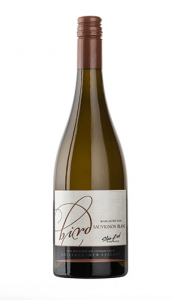
Cheers! Seema
Not sure what to get the special Dad in your life for Father’s Day? From fine wines to high-end Whiskey to everything in-between we’ve got you covered at Mystic Wine Shoppe. Check out our gift guide below –
Collections:
Johnnie Walker Collection Pack
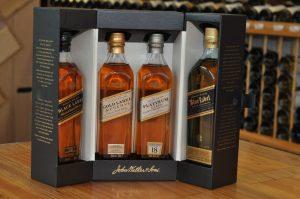
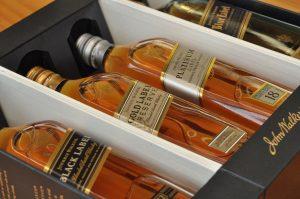
Bourbon Whiskey:
Jim Beam Single Barrel Kentucky Bourbon Whiskey
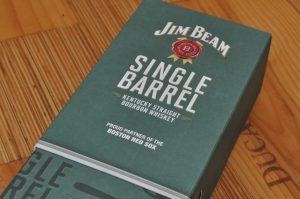
Rhetoric Kentucky Straight Bourbon Whiskey
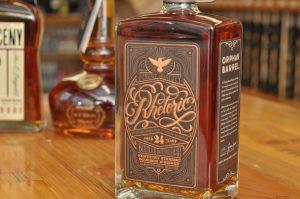
Larceny Kentucky Straight Bourbon Whiskey
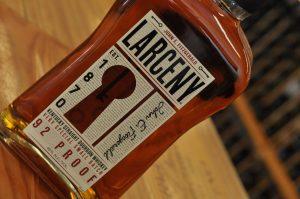
Willet Kentucky Straight Bourbon Whiskey
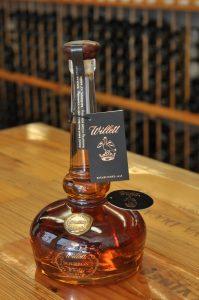
Scotch:
The Macallan Highland Single Malt Scotch Whiskey
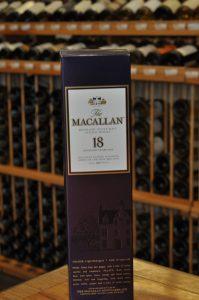
Irish Whiskey:
Writers Tears & Yellow Spot Irish Whiskey
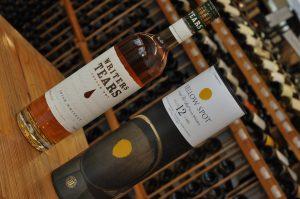
Tequila:
Milagro Silver and DonJulio Tequila
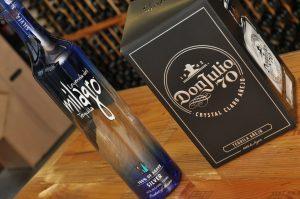
Sombra Mezcal

Rum:
Mount Gay Origin Series
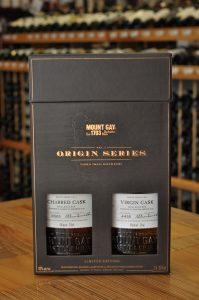
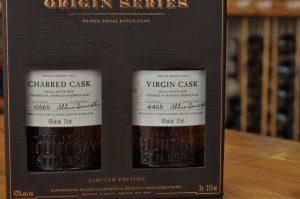
Rye Whiskey:
WhistlePig – The Boss Hog
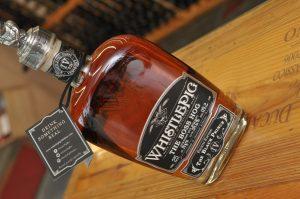
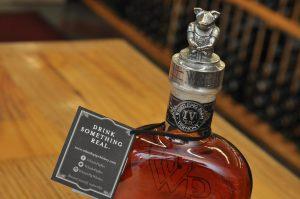
Fine Wines:
We carry an array of fine wines… stop in to learn more about all we offer.
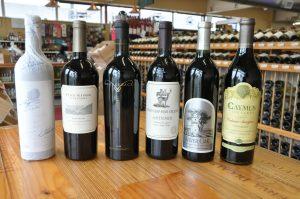
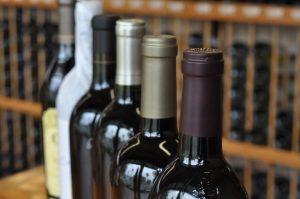
Gift Baskets:
Hit the easy button and grab one of our pre-made baskets –
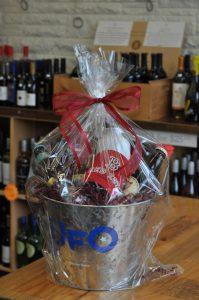
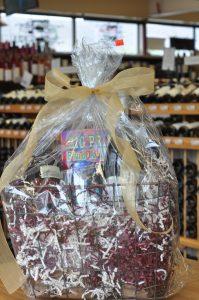
Our Team wishes all the Dad’s out there a very happy Father’s Day!
Mystic Wine Shoppe
Science, art, and love. The three ingredients that created Bent Water Brewery. Located in Lynn, Massachusetts, this brewery got its roots from 3 friends from the North Shore. Bent Water’s philosophy is, “Every beer begins with water, and with careful, creative manipulation, we bend water into unique, careful brews.” They are a self-canning, self- distributing brewery with 13 rotating taps in their taproom. And the best part is- they welcome pets on their patio during the warmer months. Good brews, great weather, and furry friends, what more can you ask for?
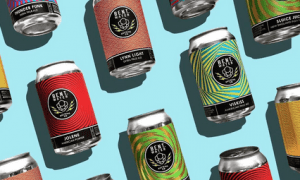
Bent Water offers a very wide variety of brews from IPA’s to Pale Ales and everything in between. They have released an experimental series called the X-Series. There are 22 different batches in this series, that are each brewed differently with their own distinct flavor.
Here are a few listed below that sound too good to be true –
X-6: Raspberry Lime Wheat Ale
X-9: Apricot Ale
X-12: Vanilla Chamomile Stout
X-15: Chocolate Milk Stout
X-17: Blood Orange Acid Beer
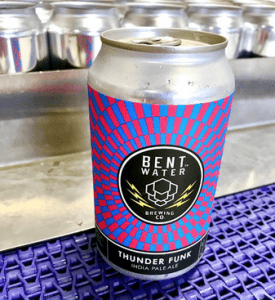
They also have a selection of new arrivals to try, such as –
- Double Thunder Funk Double IPA and Sluice Juice New England IPA.
- Double Thunder Funk Double IPA: a recreation of the original Thunder Funk, adding more grain and more hops, resulting in more power and flavor.
- Sluice Juice New England IPA: With aromatics of orange, tangerine and lime peel, this is their juicy, hazy and smooth New England IPA.
From their bold packaging and can designs to their wildly interesting flavors and brew names, Bent Water Brewery has a lot to offer. With Summer almost coming to a close, if you haven’t gotten a chance to try their X-Series or new brews now is your chance! With one of their 6-pack’s and a good group of friends, your night has already transformed from a good one to a great one.
Stop into Mystic Wine Shoppe and shop the Bent Water Brews we carry!
Photos from the Bent Water website.
This past weekend we hosted our annual Grand Rosé Wine tasting at Mystic Wine Shoppe. We had 3 great wine reps sharing samples of 12 delicious rosé wines. Guests from near and far (some folks joined us from Western, MA) enjoyed finding their favorite new rosé wine(s). Thank you to everyone who joined us for this fantastic event. Keep an eye out for our Fall Grand Wine Tasting in October.
Special thanks to local Author Kathleen E.R. Murphy for being our special guest. Her book, Wisdom Whisperer, is on sale now! Buy it now… it makes for a great gift for Graduates.
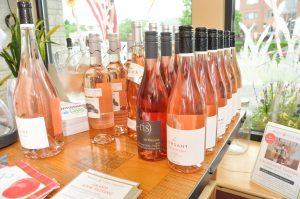
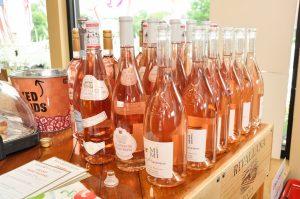
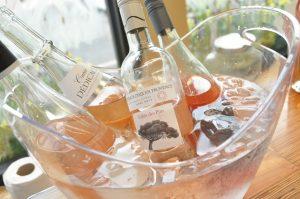

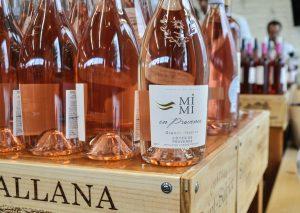
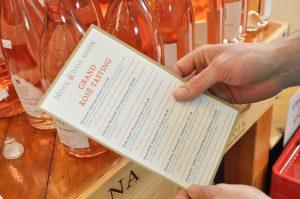


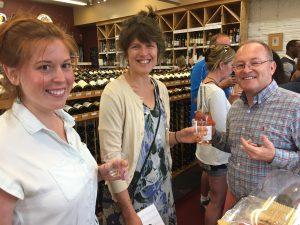
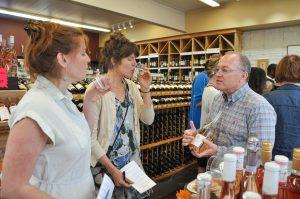

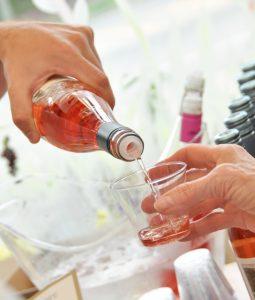
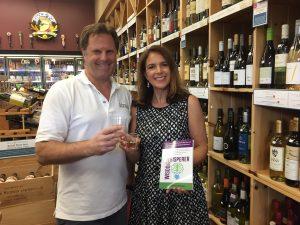


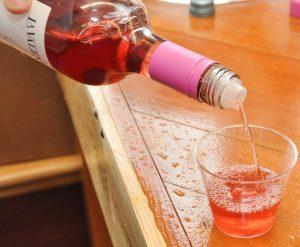
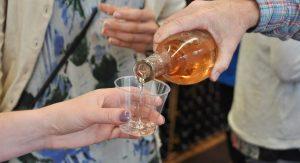
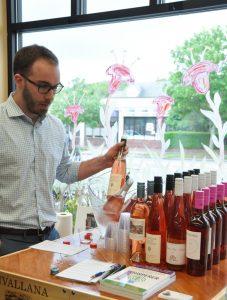
Thanks again for your support!
The Mystic Wine Shoppe Team 🙂
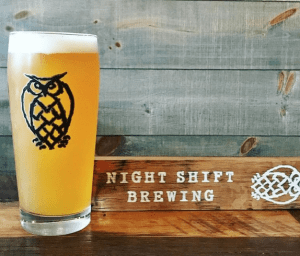
- Whirpool- New England Pale Ale
- Santilli- American Indian Pale Ale
- The 87- American Double IPA
- One Hop This Time- Rotating single-hop IPA series
- Morph- Rotating IPA series
- Nite Lite-Craft Light Lager
- Awake- Porter aged with coffee
- Bennington- Oatmeal stout brewed with dutch-processed cocoa and maple syrup
- Furth- German-style hefeweizen
- Matisse- Classic Saison
- Ever Weisse- Aged with Strawberries, Kiwis, and Hibiscus. Available: March-May
- Rickey Weisse – Aged with Raspberries and Limes. Available: June-August
- Mainer Weisse- Aged with Blueberries and Cinnamon Sticks. Available: September-November
- Cul-De-Sac – Cream ale dry hopped with Amarillo
- El Lechedor- Horchata-style milk stout aged in bourbon barrels with poblano peppers, vanilla, nutmeg, and cinnamon
- Marilyn- Barrel- Aged blonde barleywine-style ale
- Pfaffenheck- German-style pilsner
